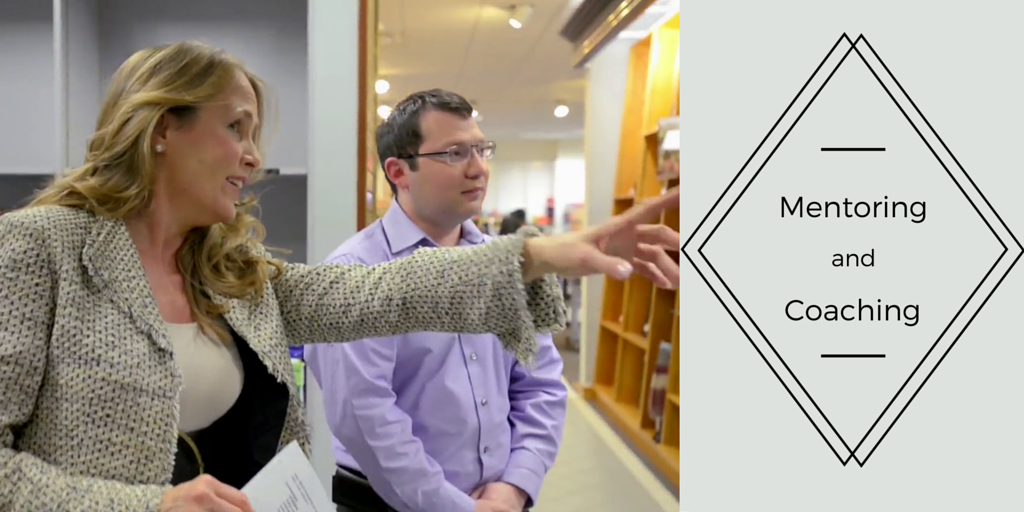November 23, 2015
All Articles
Search & Filter
Where is your focus in the office?

What is the time management like in your office?
As the eight-hour work day shifts its way out of the daily lives of millions of workers in favor of a more flexible, shortened week, some hope distractions will move with it. But can distractions really ever be eliminated?Managing time has become exceedingly hard for many businesses, with employee burnout becoming a standard across industries, in addition to intense engagement issues and high turnover rates.
“The problem is that not only is there too much information, we also have the technology that pushes that information into our lives, whether we want it or not,” said productivity expert Maura Thomas in a recent Fast Company article. “Nobody walks into an Apple store, plops down 200 bucks, and says, ‘Here’s money so that people can interrupt me at any time.'”
Is time management dead? It depends, really, on who you ask. For some business leaders, the idea of attention management has come to the forefront in its place. Time management is a skill that can be developed over time, but an ability to pay attention to one idea at once, or complete a task without interruption can be too, with the right development practices in mind.
One solution to this issue is the 40-30-20 rule outlined by Forbes. Often, the major issue often associated with time or attention management is how much time is actually focused on each separate task, distraction free. This breakdown includes:
- 40 percent of your time spent on the most important priority tasks
- 30 percent of your time on the second priority
- 20 percent of your time on the third priority
- 10 percent of your time is then spent on everything else combined.
By focusing on the top three most important tasks at work, employees can get more done. How can employees determine what is actually most important?
- Determine role priorities: Why were you hired? Does your job role now allow you to complete these tasks without concern? If not, take time with your manager to reevaluate tasks and get back on track.
- Be aware of time-wasting traps: How many times have you checked your email today? How about within the last hour? Is the door to your office always open? Is your phone kept on your desk? These can all be considered time-wasting traps, as they take away from your ultimate goals. Eliminate these distractions first and move on from there.
- How do you track progress?: If you keep track of your progress on a spreadsheet, in an email thread and a post-it note that always seems to disappear, a change may be necessary. Take some time to organize your actual organization. This will lead to better work practices, better communication abilities and enhanced focus on important issues.
With focus and a more determined work outlook, productivity can and will increase.
Source
